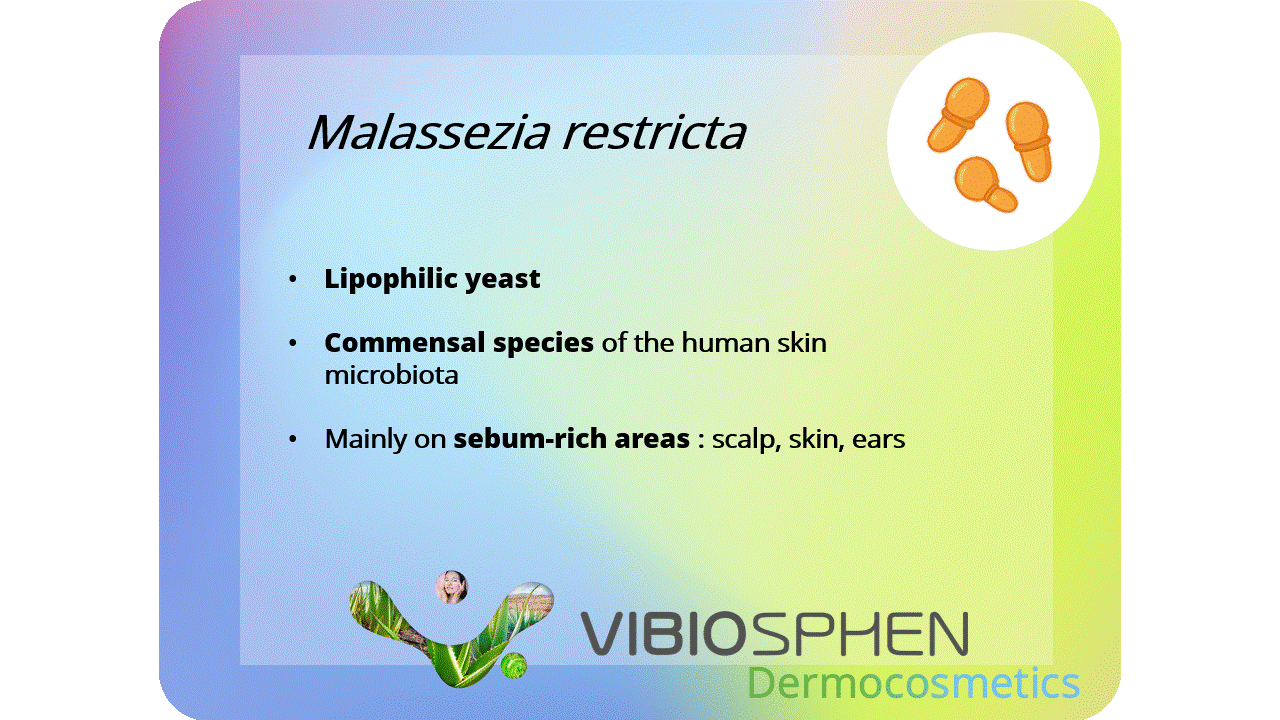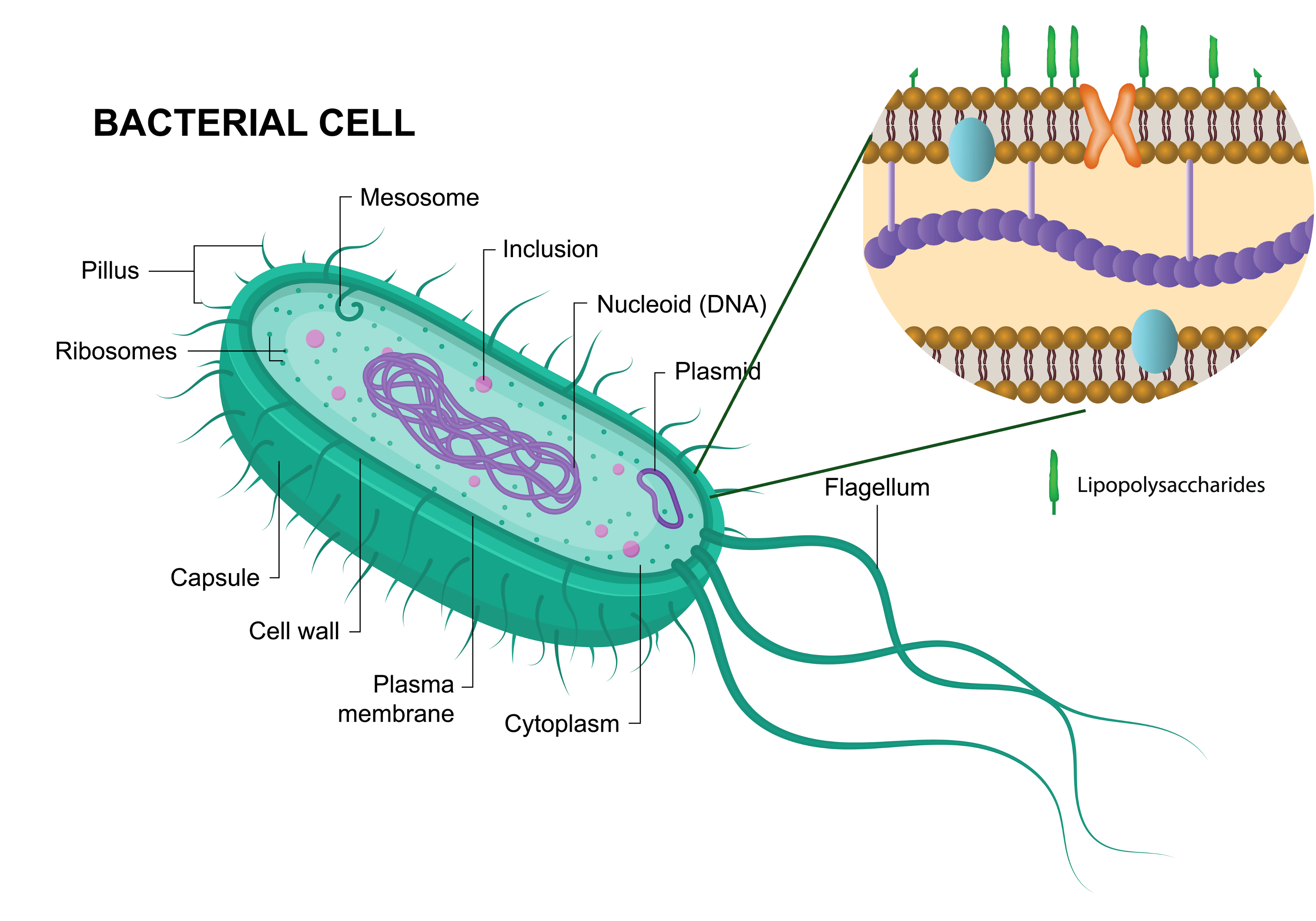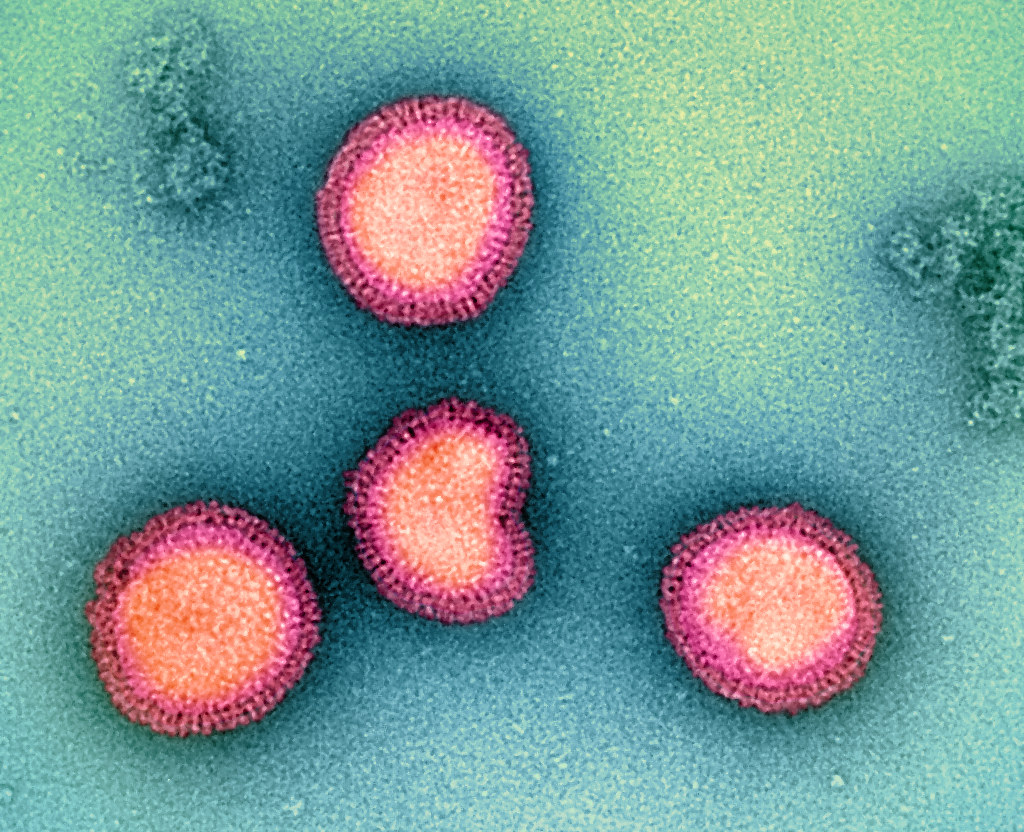Blog
Find out more on articles related to infectious diseases : Bacteria - virus - fungi.
The Malassezia genus includes several species of yeast that are naturally present on the skin. These yeasts have recently undergone significant taxonomic revisions and are attracting considerable interest in human and animal pathology. Among them are M. globosa, M. furfur, and M. restricta, which we will focus on in this review.
In the ongoing struggle against infectious diseases, the demand for translationally relevant preclinical models has never been greater. The advent of humanized mouse models—engineered to carry functional human genes, tissues, or immune systems—has fundamentally transformed the way we investigate pathogen biology and host responses.
In the realm of animal models used for studying infectious diseases, the mouse has established itself as a methodological standard ........ yet, at the heart of these studies, a discreet but powerful molecule can undermine results: ....
Imagine a hidden community, nestled deep within the gut, made up of billions of microorganisms. This vast and invisible population—our microbiota—communicates in a language of chemical signals, metabolites, and subtle ecological balances. And prebiotics?
In recent years, artificial intelligence (AI) has rapidly become a cornerstone of innovation in life sciences. But while headlines often focus on its use in radiology or drug discovery, a quieter revolution is taking place in microbiology — one that may prove just as transformative, particularly for preclinical research in infectious diseases.
Climate change is not only reshaping our environment — it’s also accelerating the spread of infectious diseases, including dangerous fungal pathogens.
While seasonal flu is often spoken of as a single entity, Influenza B tends to remain in the shadow of its cousin, Influenza A — yet its health and economic burden is far from negligible.
Did you know that Influenza B accounts for nearly one-third of seasonal flu cases each year?
Effective management of AMR and CC demands robust economic and political actions. Global and national plans should be aligned to address these interconnected challenges. Policies need to encourage the responsible use of antimicrobials and foster environmental sustainability.
In the face of escalating antimicrobial resistance (AMR), researchers and innovators are turning to advanced technologies like Artificial Intelligence (AI) and genomic sequencing to pave new roads in the battle against superbugs.
In the wake of the upcoming UN General Assembly, the spotlight turns to a pressing global health challenge: antimicrobial resistance (AMR).
Escherichia coli, commonly referred to as E. coli, is a familiar term to many. It is a rod-shaped bacterium that is typically found in the lower intestines of warm-blooded organisms, including humans.
Bacteria rely on a system called quorum sensing (QS) to sense population density and make collective decisions.
Pagination
Catégories
Pagination
- Page 1
- Page suivante
Archives
- novembre 2021 (1)
- décembre 2021 (2)
- janvier 2022 (3)
- février 2022 (2)
- avril 2022 (1)
- mai 2022 (3)
- juin 2022 (1)
- octobre 2022 (1)
- décembre 2022 (1)
- février 2023 (1)
- avril 2023 (2)
- mai 2023 (1)
- août 2023 (1)
- septembre 2023 (1)
- avril 2024 (2)
- mai 2024 (1)
- mars 2025 (1)
- mai 2025 (1)
- juin 2025 (3)
- juillet 2025 (1)
- octobre 2025 (1)












